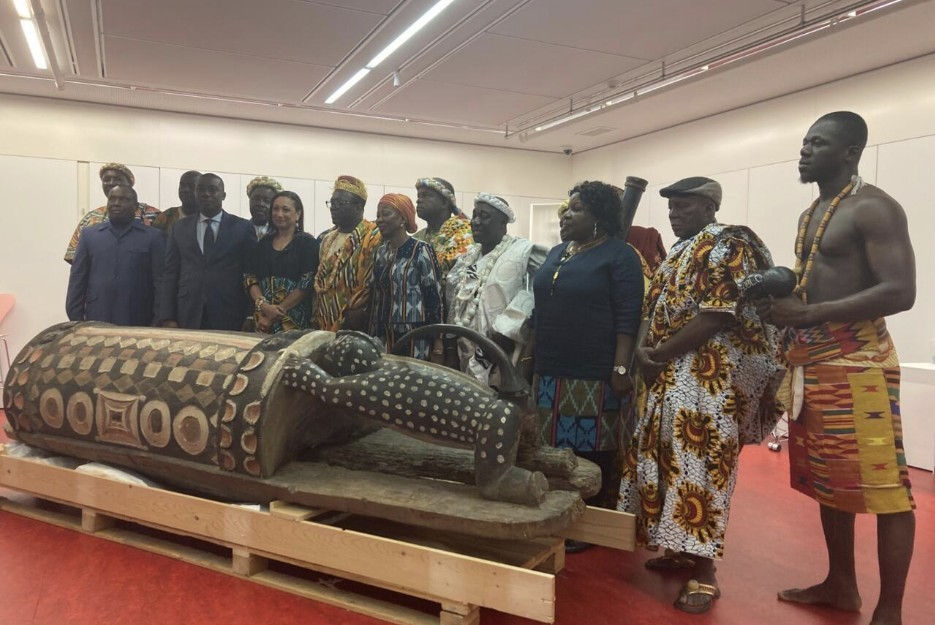Blank Pages, Loud Voices: A Look Back at China’s White Paper Protest
- Antong Lu
- Jun 2
- 4 min read

“Give me liberty or give me death.”
These words were made famous by American Founding Father Patrick Henry in an impassioned speech for the delivering of Virginian troops to the Revolutionary War, and almost three hundred years later were again shouted by a bespectacled man standing upon his balcony to the rousing applause and cheers of an onlooking crowd in Chongqing, China.
So just how did a phrase so eminently bold with democratic and modern Western ideals find itself nestled in the heart of arguably one of the more authoritarian and repressive governments in contemporary geopolitics? The answer begins with a look at China during the COVID-19 pandemic.
From Isolation to Uprising
The man, whose identity remains unknown but was dubbed “Chongqing’s superman brother” by netizens, was just one protestor amidst the wider White Paper Protests ( 白纸抗议 or bái zhǐ kàngyì) in 2022. These wider protests were in response to the strict draconian approach the Chinese government employed to contain the spread of COVID-19, which involved extensive lockdowns and harsh quarantines that buckled the economy. As the pandemic grew worse, further impacts of food shortages and prolonged unemployment culminated in widespread popular discontent. Early, isolated protests initially broke out in November as lockdown measures entreated further casualties, such as the death of a three-year-old boy following the delay of medical care according to lockdown procedures. The further death of ten in Ürümqi in a fire, and the subsequent widespread circulation of videos and posts on social media illustrating the inability of firefighters to operate due to movement restrictions, eventually snowballed what were scattered local dissents into the largest protests under the CCP government since the 1989 pro-democracy Tiananmen Square demonstrations.
The Protest and Responses
Ürümqi heralded the rise of large-scale protests across China’s major cities, ranging from Shanghai to Beijing. Demonstrators were urged to hold blank pieces of A4 paper as symbolism of their resistance, standing in for “a non-message that is as powerfully articulate as a message” (Henry) – to them, the issues are so blatantly clear that there’s no need to write them down.
The courage of domestic protestors at home further catalysed various, smaller ‘White Paper’ demonstrations by Chinese diasporas, mostly university students, as far as London, Sydney, and Amsterdam. As government and law enforcement offices began hash crackdowns on resistance through increased censorship and mandated lockdowns, protestors found increasingly creative ways to bypass the Great Firewall. Domestic and foreign social media became a race between state censorship and increasingly unique and imaginative symbols of the COVID-19 protests. Other than blank pieces of paper, ironic renditions of the national anthem, nonsensical wordplays on social media apps like WeChat and Twitter, as well as co-opting Friedman equations for their similar pronunciations of ‘freed man’ were humorous yet equally solemn participators in the protest – a testament to the creativity of the Chinese populace, but also demarcating the boundaries of their capacity for free speech.
Eventually, the government relented on 7 December 2022 and effectively ended the ‘zero-COVID’ policy. Strict lockdowns and quarantine measures were lifted in favour of more local and less invasive measures. While the protest had succeeded sparingly in hastening the end of lockdown measures, it had come at the cost of further arrests of leading youth figures and harsher censorship laws. By the end of the year, demonstrations had died down without further concessions on democratic ideals or individual freedoms. Since then, no major street protests have occurred in China.
A New Hope
That’s not to say that the White Paper Protests failed entirely. Whilst the Chinese government attributed the protests to “the subversion of foreign forces,” the demonstrations revealed more clearly than ever the bubbling discontent of the nation’s people over their lack of political representation and individual rights. If anything, these protests serve today as a reminder of the popular potential for change and an enduring influence over the wider population, particularly the Chinese youth.
In redefining the traditional boundaries of political participation and demonstration in China, the White Paper Protests have since inspired several other forms of non-violent resistance. Most notably, the tang ping (lying flat) and the newer bai lan (letting it rot) youth movements have become staples in the passive resistance philosophy. Here, Chinese youths have increasingly rejected entering an intense and laborious workforce to instead pursue a “low-desire life”, marking a stark criticism against China’s overwork culture in what some consider “an awakening of rights consciousness and identity consciousness” (Chang Ping) not previously visible in the Chinese public sphere
In the end, while freedom and individual rights within the PRC still remain amongst the world's lowest, the long-lasting impacts of the White Paper Protests have ushered in hopes for passive resistance against the government, and with it a small but robust chance for change.
References
Matthyssen, Mieke (2024). "Tangping (lying flat) among young adults: Shameful, courageous, or just fleeting resistance?," in Self-Development Ethics and Politics in China Today: A keyword approach





Comments